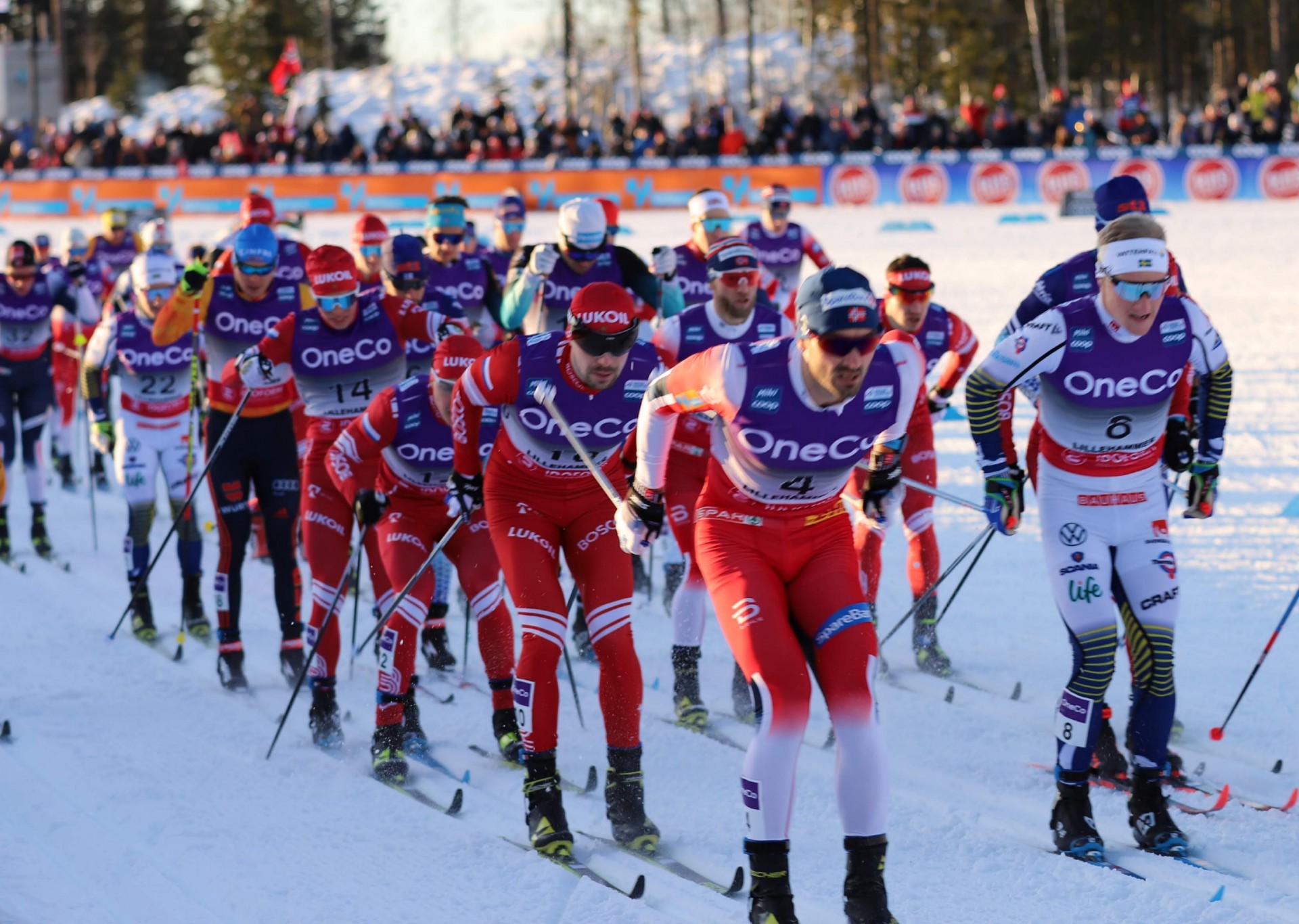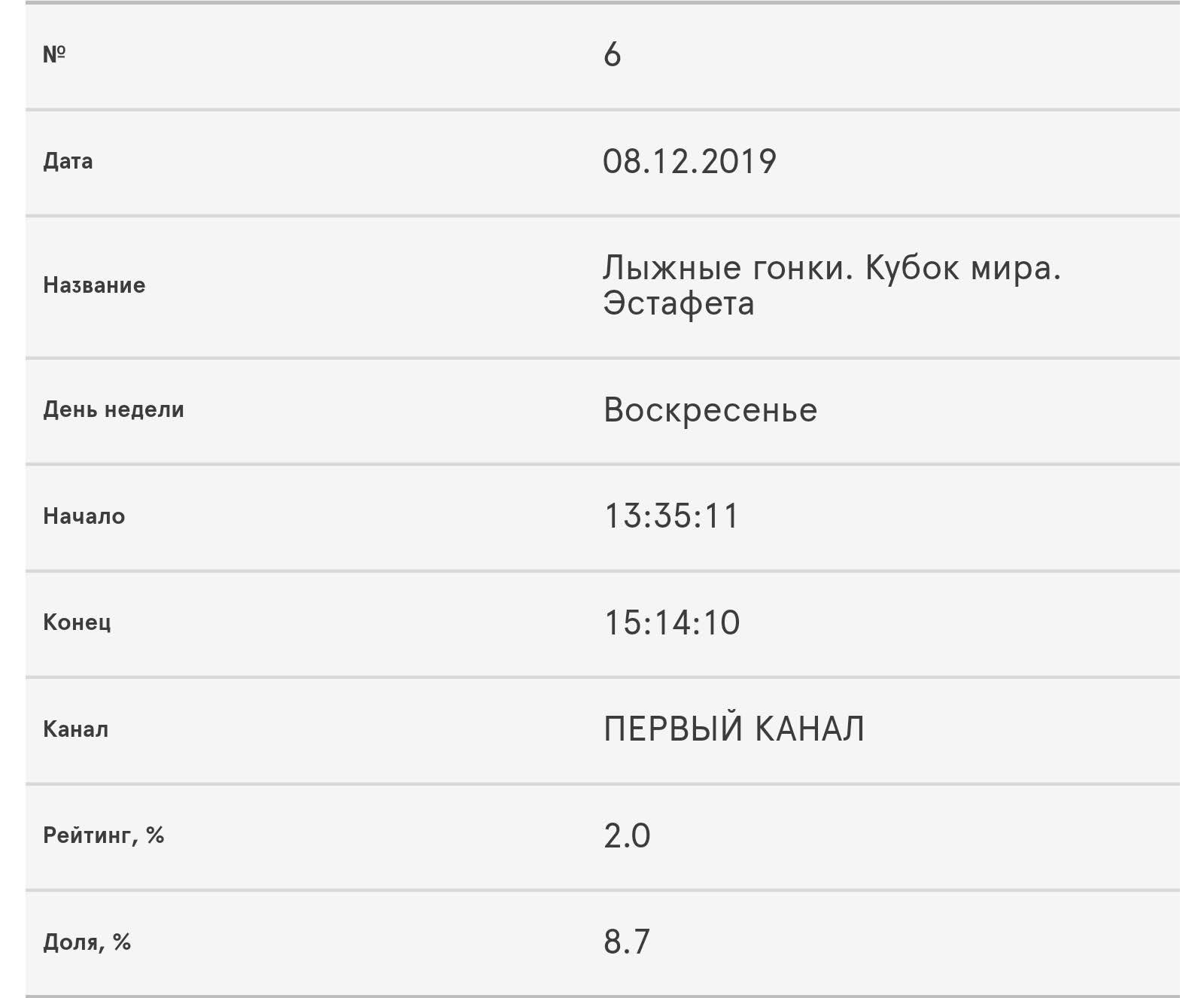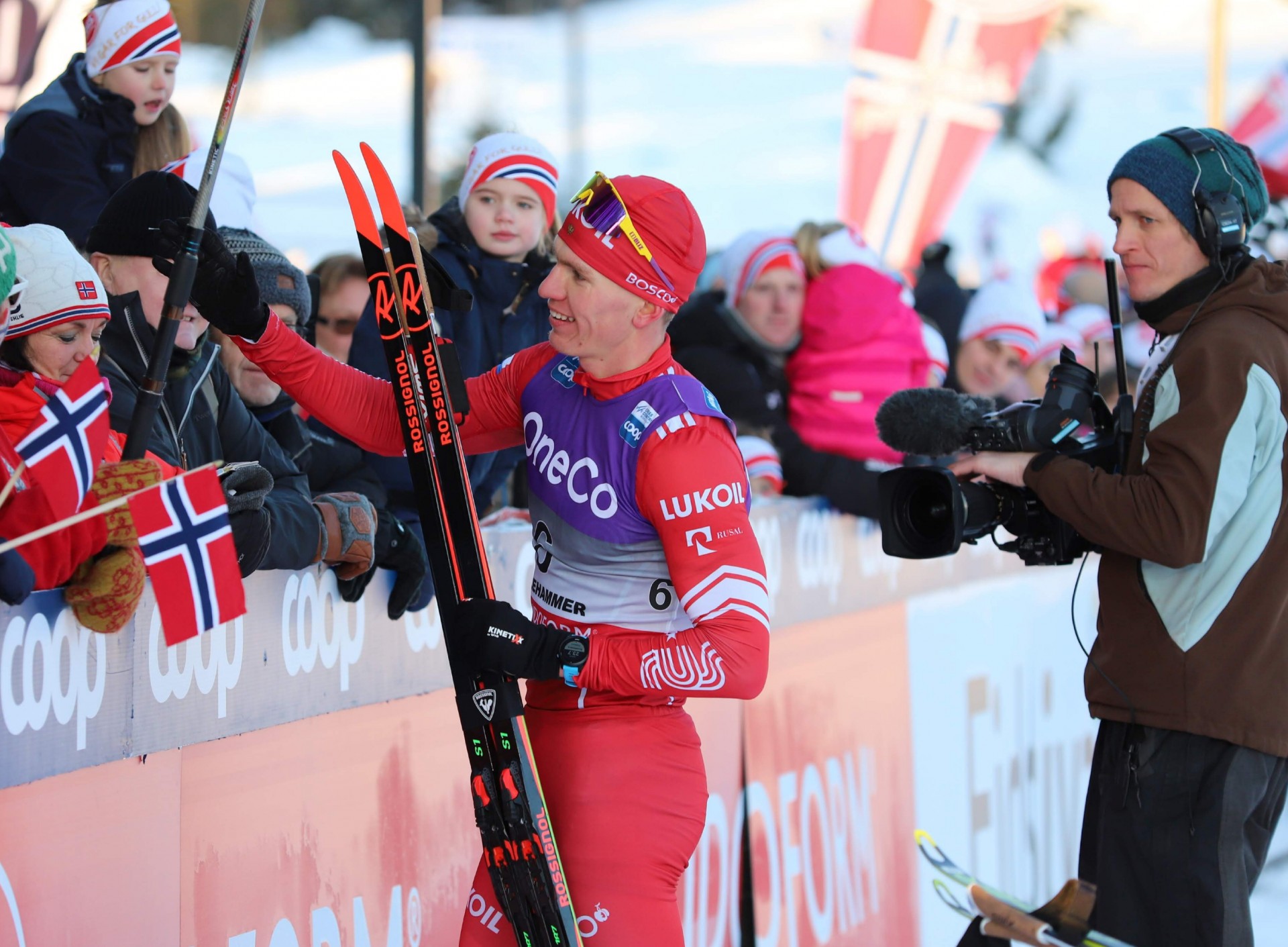
For those who regularly deal with television ratings and want to jump straight to the news – just go to section starting with bold lettering.
For the rest – a bit of an intro as to why these news are actually rather important:
Cross country skiing on top professional level has two sources of income:
A/ contributions by local authorities of wherever the races are held, in money and in kind. It’s done out of combination of regional tourism support and healthy living promotion (of which top skiers are good example) plus healthy dose of local pride. Neither of above is really commercial in nature.
B/ Money acquired through selling television broadcasting rights. As we keep on reminding you, the FIS is absolutely unique in the modern world as it leaves marketing rights for international competitions to its respective national federations. To simplify things, organizing committee hires a television production crew to create live signal from its races and then sells the said signal AND the right to air it piece-meal, the world over.
Each country is treated as individual market with its custom-tailored price.
The system is more or less universal for all traditional i.e. over-the-air television but , obviously, earnings of race organizers heavily depends on popularity of skiing in particular region.
For a mixture of historic, financial, social and God knows how many other factors, there are four key television markets for cross country skiing in the world: Germany, Norway, Sweden and Russia.
Norwegians and Swedes keep on winning and it’s easy to see why local television stations would like to carry ski races on its airwaves. German skiers are not exactly performing on par with the previous generation, but the huge size of the German TV market plus massive financial clout of the country’s public TV stations, ARD & ZDF guarantees that ski races organizers could count on German mark – sorry, euro.
…The odd man out on that list is Russia. The country has more active skiers than any other in the world ( although amount of active practitioners and television audiences are not the same thing, as ski jumping and, especially, biathlon keeps on reminding us). Russian skiers – especially their male side – are doing very well in the last decade. You’d think all the ingredients for a good television show are there, right?
Well, no. For a variety of reasons the World Cup races were not on the national television at all in the last few years (the Olympics and the world championships were broadcast). To frustration of millions of Russian ski fans – eagerly shared by stakeholders i.e. race organizers/television rights sellers.
So, when a leading Russian broadcaster, Channel One, has decided to buy TV rights for some races of the current World Cup, the news was cheered in many a skiing circle. Cheered with some apprehension. Commercial television channels need to sell ads and for that you have to have good program ratings.
Now the first ratings are out – and they…reasonably good

What advertizers and, no doubt, television rights sellers would look at closely are ratings and audience share. The share of 8.7% is somewhat lower than average for that channel, but ratings of 2% translate into several million eyeballs glued to their TV screen, watching skiing. Not bad for the sport that was largely absent from weekend menu of Russian viewers for so long!

We don’t know what Channel One Russia is paying for the rights – those numbers are deeply confidential. But without a doubt, it’s a good extra chunk of money for all international cross country skiing stakeholders. Which means there will be more willing to invite competitions to their place and, eventually, better prizes for the winners. May it come to pass in the upcoming year!
